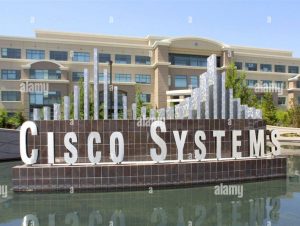WAN Design Methodologies – WAN Availability and QoS
2 min read
WAN design methodologies should be used when designing enterprise edge networks. Some keys to WAN design are the following processes:
- Identifying the network requirements: This includes reviewing the types of applications, the traffic volume, and the traffic patterns in the network.
- Assessing the existing network: This involves reviewing the technologies used and the locations of hosts, servers, network equipment, and other end nodes.
- Designing the topology: This is based on the availability of technology as well as the projected traffic patterns, technology performance, constraints, and reliability.
When designing the WAN topology, remember that the design should describe the functions that the enterprise modules should perform. The expected service levels provided by each WAN technology should be explained. WAN connections can be characterized by the cost of renting the transmission media from the service provider to connect two or more sites.
New network designs should be flexible and adaptable to future technologies and should not limit the customer’s options going forward. For example, collaboration applications such as VoIP and video are common now, and most enterprise network designs should be able to support them. The customer should not have to undergo major hardware upgrades to implement these types of technologies. The ongoing support and management of the network are other important factors, and the design’s cost-effectiveness is important as well.
Table 9-2 lists key design principles that can help serve as the basis for developing network designs.
Table 9-2 Key Design Principles
| Design Principle | Description |
| High availability | Redundancy through hardware, software, and connectivity |
| Scalability | Modularity with additional devices, services, and technologies |
| Security | Measures to protect business data |
| Performance | Enough capacity and bandwidth for applications |
| Manageability | Ease of managing and maintaining the infrastructure |
| Standards and regulations | Compliance with applicable laws, regulations, and standards |
| Cost | Appropriate security and technologies given the budget |
High availability is what most businesses and organizations strive for in sound network designs. The key components of application availability are response time, throughput, and reliability. Real-time applications such as voice and video are not very tolerant of jitter and delay.
Table 9-3 identifies various application requirements for data, voice, and video traffic.
Table 9-3 Application Requirements for Data, Voice, and Video Traffic
| Characteristic | Data File Transfer | Interactive Data Application | Real-Time Voice | Real-Time Video |
| Response time | Reasonable | Within a second | One-way delay less than 150 ms with low delay and jitter | Minimum delay and jitter |
| Throughput and packet loss tolerance | High/medium | Low/low | Low/low | High/medium |
| Downtime (high reliability = low downtime) | Reasonable | Low | Low | Minimum |




